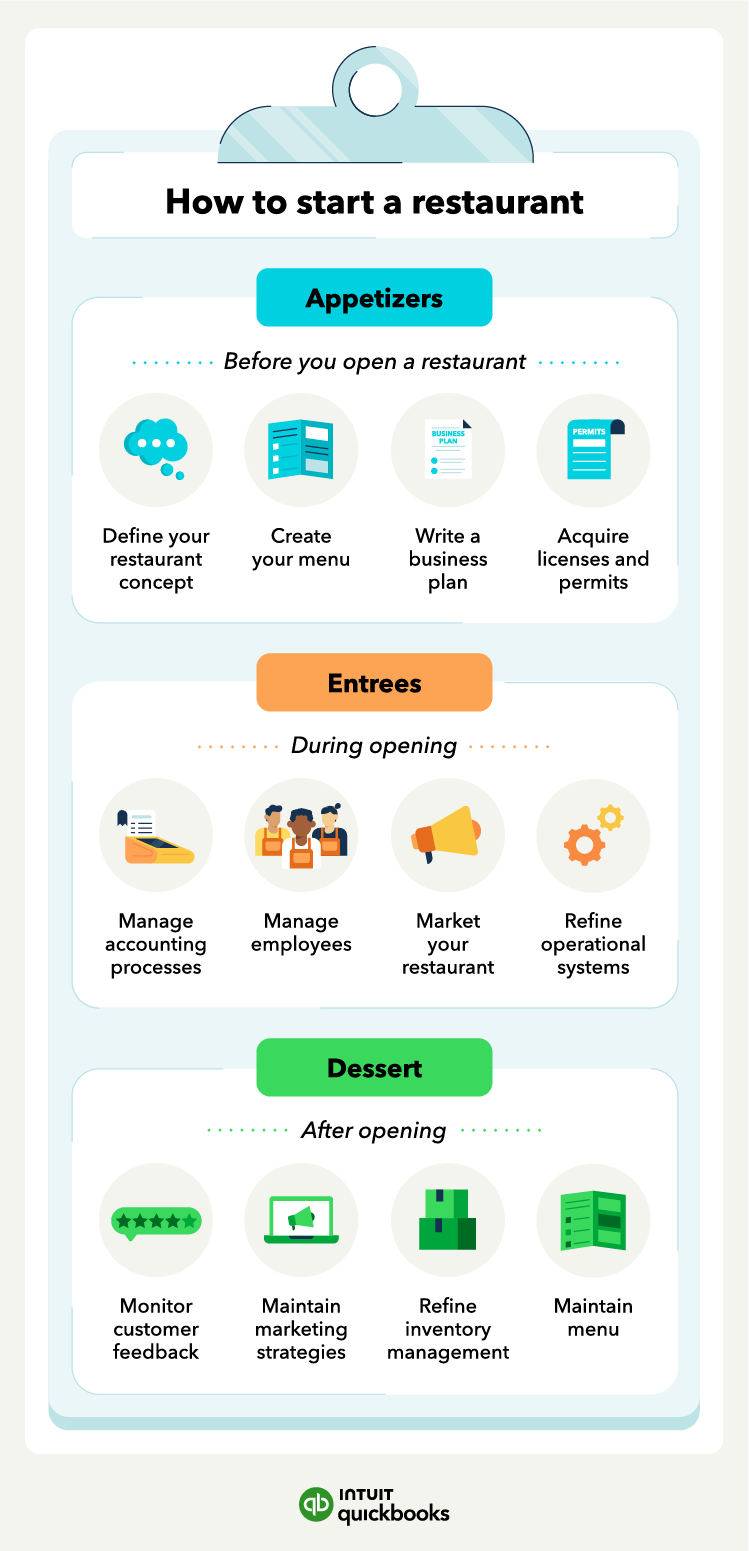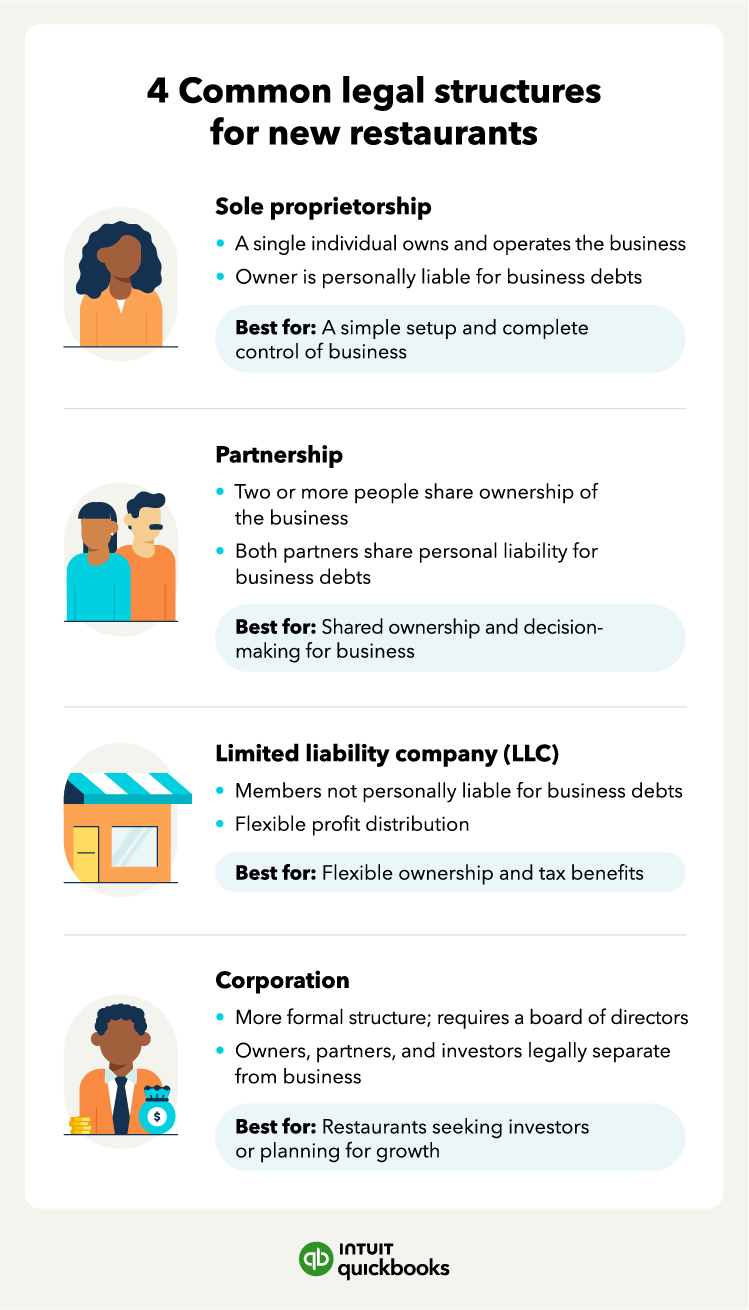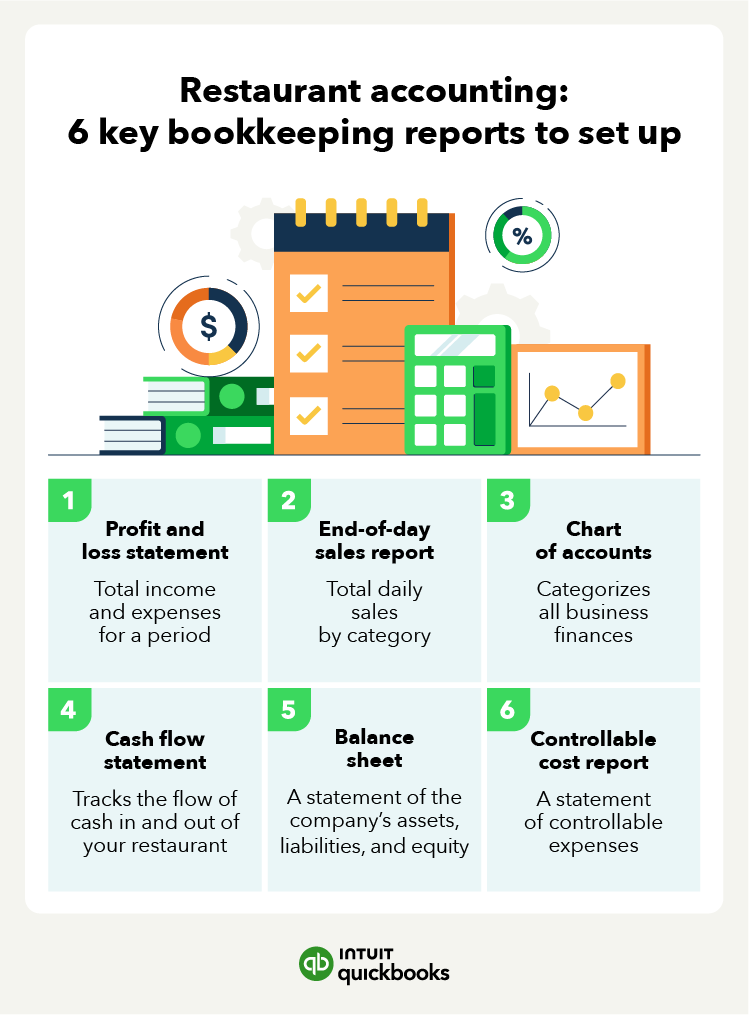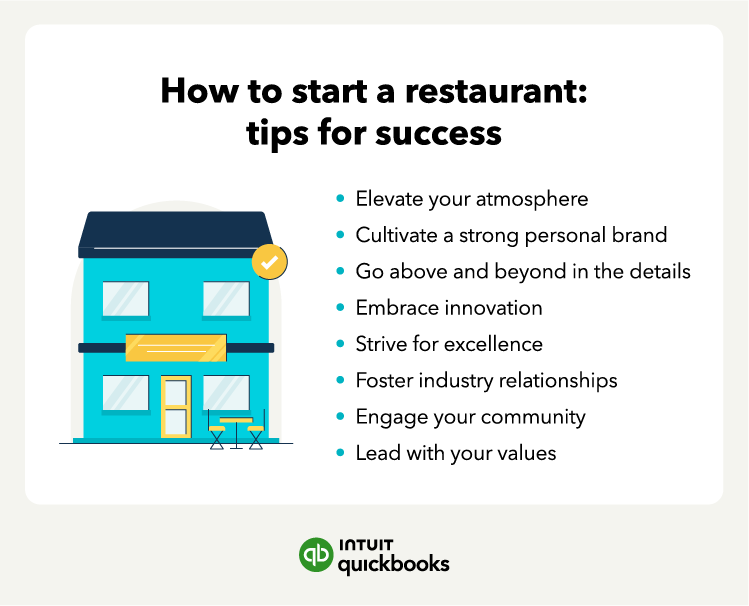11. Market your restaurant
The success of your restaurant goes beyond having a solid business plan, a stunning interior, and a mouthwatering menu. To truly make your restaurant thrive, it’s crucial to market it effectively. Without a strong marketing plan, even the most exceptional restaurants can go unnoticed.
Before diving into elaborate campaigns, prioritize creating a website and updating your local online listings with key information prospective customers are looking for. You can start with platforms like Google My Business, a Facebook Business page, Yelp, Tripadvisor, and OpenTable. These websites can boost your restaurant’s visibility and allow you to reach new customers.
Be sure to include the following key information across all platforms:
- Menu
- Address
- Price range
- Website
- Opening hours
- Contact information
Once your restaurant has gained some traction, you can consider investing in additional marketing techniques to foster customer loyalty and further build your reputation, including:
- Local SEO (search engine optimization): Utilize SEO to rank on relevant search engine results pages like Google for certain terms your target audience is searching for.
- Paid advertising: Utilize advertising platforms like Google Ads and Instagram Ads to target specific demographics and locations related to your target audience.
- Local partnerships and events: Collaborate with local businesses, organizations, or influencers to expand your reach in your community. Sponsoring local initiatives, partnering with neighboring businesses, and participating in community events are all great ways to do this.
- Email marketing: Build an email list of interested customers and send regular newsletters or promotions to keep them engaged. Provide exclusive offers, updates on seasonal menus, or upcoming events to entice repeat visits.
- Loyalty programs: Implement a loyalty program to reward frequent customers and encourage repeat visits. Offer incentives such as discounts, freebies, or exclusive access to special events to foster customer loyalty.
Be sure to thoroughly research any given marketing strategy based on your target audience’s preferences, interests, and habits. Word-of-mouth marketing is arguably the most effective, so continue to focus on delivering exceptional service and experiences for your guests to create a loyal customer base.

















